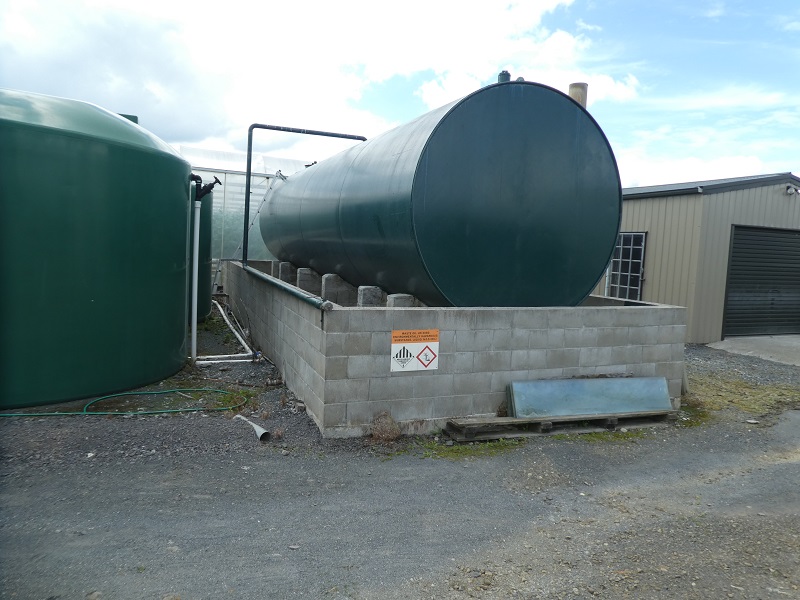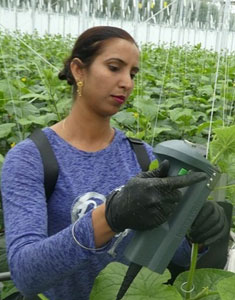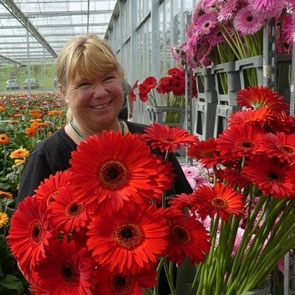Sign up here to subscribe to the Grower2grower Ezine. Every two weeks you will receive new articles, specific to the protected cropping industry, informing you of industry news and events straight to your inbox.
Apr 2022
Energy Tips for Autumn

Some ides to contemplate as the season changes
With winter approaching we will notice a dramatic reduction in ambient temperature, especially in the next few weeks. It is time to prepare your boilers if you haven’t already.
Now is a great time to get maintenance and servicing done before the cooler weather arrives. Be ready and be prepared!
Utilise the free heat:
We should still have sunny weather ahead of us, utilise the free energy from our biggest solar panel…. the sun. Try to retain the free energy in the lead into the night-time period by reducing the venting earlier but be careful to not go too early or aggressive with the settings as you may over-inflate humidity which leads to fungal issues. There is a fine line not to cross. A sure sign you have caused more issues, than saved on energy, is if your glass has condensation too early during the pre-evening period. During the day, to maintain your 24-hour temperature, consider using a day boost, for example from 9am to 3pm. Run this temperature 0.5 of a degree warmer than you normally would (this is crop applicable and if you have the light levels to maintain the extra temperature).
Minimum and Maximum pipe temperature:
Maximum pipe temperatures are a great tool. I applied this after it was suggested to me by one of my mentors, well known in New Zealand, Belgium greenhouse consultant Frank Florus. The two major benefits are:
- It will prevent unnecessary ‘dumping’ of hot water if there is a sudden change in greenhouse temperature before your vents can react and therefore reducing boiler running times.
- It will prevent large rapid temperature and humidity swings.
Maximum and minimum pipe temperatures should change with the outside conditions, but you should be running a maximum pipe temperature that won’t result with your greenhouse operating with a less than minimal temperature.
Vents:
If you have the ability, with your environmental computer system, start adjusting your P-Bands. If you don’t have the ability carefully increase the difference between your heating and venting setpoints and have this aligned with a vent/humidity setting if required.
Like the heating start decreasing the maximum your vents can open and the cooler the days become the more you decrease this figure. Unless you have a particularly good environmental computer system you will not have the ability to control your vents accurately which will cost you in energy either made by you or the sun.
Screens:
For those lucky enough to have energy screens – you’re already at an advantage. To control high humidity, try not to totally open your screens but leave a gap at night. You should see a considerable saving in energy usage – please be careful if you open fully as this will cause high humidity issues and could be counterproductive to your crop.
Leaf Area/foliage:
Carry enough leaf/foliage, the more foliage the more humidity the increase needs to use energy not only for temperature but to control humidity. This also ties into irrigation strategy (don’t over irrigate).
There are ways to achieve energy efficiencies without reducing productivity – it is easier if you have technology at your disposal, if you have limited technology the task is going to be more manual.
Happy Easter, buckle down the hatches, it looks like rain is on its way. Next edition I bet I am writing about our old enemy the fungal infection.

Article written and compiled by Stefan Vogrincic
All Article’s checked and edited by Marie Vogrincic
I appreciate your comments. Please feel free to comment on the grower2grower Facebook page:
CLASSIFIED
Photo
Gallery
Subscribe to our E-Zine
More
From This Category

Gas supply for households and small business

Geoheat Potential of the Tauranga Geothermal System

Up the creek without a paddle and a large hole in the canoe, now the canoe is patched up and has wings!

Up the creek without a paddle and a large hole in the canoe

















































